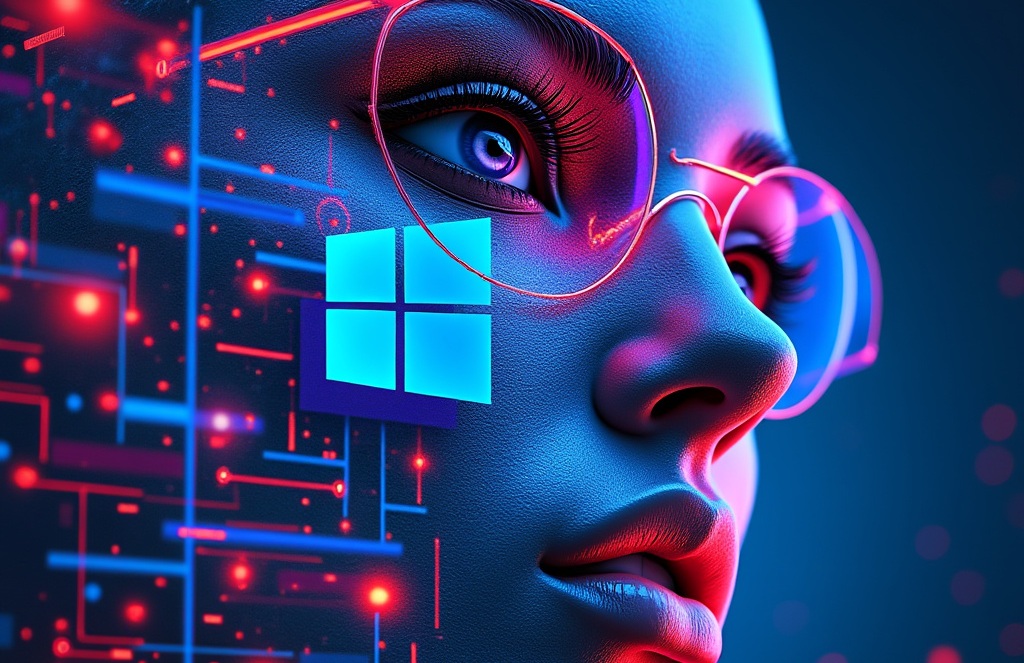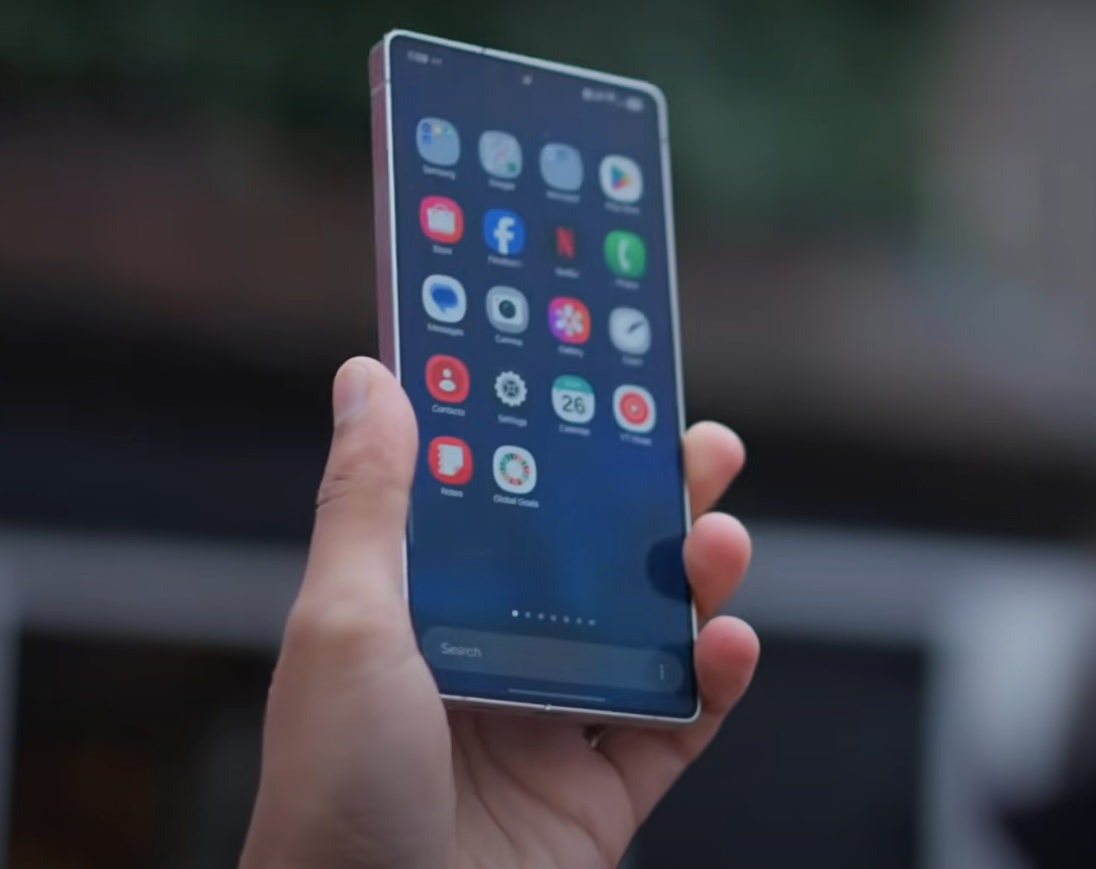In an era defined by digital transformation, Microsoft Windows is undergoing a profound evolution, driven by two of the most transformative forces in technology today: cloud computing and artificial intelligence (AI). These innovations are not just enhancing the functionality of Windows—they are fundamentally reshaping how users interact with their devices, manage workflows, and unlock new levels of productivity. From seamless cloud integration to AI-powered personalization, Microsoft is charting a bold new horizon for its flagship operating system, positioning it as the backbone of modern computing.
The Convergence of Cloud and AI in Windows
The marriage of cloud computing and AI represents a paradigm shift in how software systems operate. By leveraging the vast computational power of the cloud and the intelligent capabilities of AI, Microsoft is redefining what Windows can do. This convergence enables features that were once considered futuristic—such as real-time language translation, predictive task automation, and adaptive user interfaces—to become part of everyday computing.
At the heart of this transformation lies Microsoft Azure, the company’s cloud platform, which powers many of the advanced functionalities now embedded in Windows. Combined with breakthroughs in AI research through initiatives like Microsoft Copilot and Azure AI Services, Windows has evolved into more than just an operating system—it’s a dynamic, intelligent workspace tailored to individual needs.
For an in-depth look at how cloud and AI are shaping the future of tech, visit Microsoft’s official blog.
Key Innovations: How Cloud and AI Are Transforming Windows
1. Seamless Cloud Integration Across Devices
One of the standout advancements in recent versions of Windows is its deep integration with OneDrive and other cloud services. This ensures that files, settings, and applications are synchronized across all devices, providing a consistent experience whether you’re using a laptop, tablet, or smartphone.
- Windows 365 Cloud PC: Introduced as part of Microsoft’s push toward hybrid work environments, Windows 365 allows users to stream their entire desktop environment from the cloud. This means employees can access their personalized Windows setup from any device, anywhere in the world, without compromising performance or security.
- Auto-Save and Version History: With cloud storage, documents are automatically saved and backed up, reducing the risk of data loss. Additionally, version history allows users to retrieve earlier drafts if needed.
For insights into the impact of cloud-based operating systems, check out this analysis by TechCrunch.
2. AI-Powered Productivity Tools
Microsoft has infused Windows with AI-driven tools designed to boost efficiency and creativity. These tools leverage machine learning algorithms to anticipate user needs and streamline tasks.
- Windows Copilot: Building on the success of GitHub Copilot, Windows now includes an AI assistant integrated directly into the OS. Users can ask Copilot to summarize long documents, generate code snippets, translate text, or even suggest design improvements for presentations.
- Smart Search and File Recommendations: Using contextual awareness, Windows predicts which files or apps you might need next based on your usage patterns. For example, if you frequently open a specific spreadsheet every Monday morning, the system will proactively recommend it when you log in.
- Enhanced Accessibility Features: AI-powered accessibility tools, such as live captions, voice typing, and screen readers, make Windows more inclusive for users with disabilities.
To learn more about Microsoft’s AI initiatives, explore Azure AI Services.
3. Personalized User Experiences Through AI
Windows is increasingly adopting AI to deliver hyper-personalized experiences. By analyzing user behavior and preferences, the OS adapts to provide a customized interface and workflow.
- Dynamic Themes and Layouts: Based on time of day, weather conditions, or personal habits, Windows can adjust visual themes and layouts to suit your mood or activity.
- Adaptive Notifications: AI filters notifications to prioritize those most relevant to you, minimizing distractions while ensuring critical updates aren’t missed.
- Voice Assistants and Natural Language Processing (NLP): Cortana, Microsoft’s virtual assistant, has been revamped with improved NLP capabilities, allowing for more natural conversations and complex queries.
For examples of AI-driven personalization in action, visit Microsoft Research.
4. Security Reinvented with Cloud and AI
As cyber threats grow more sophisticated, traditional security measures are no longer sufficient. Microsoft has responded by embedding cutting-edge AI-based threat detection and cloud-enabled security protocols directly into Windows.
- Defender for Endpoint: This AI-powered solution continuously monitors devices for suspicious activity, identifying and neutralizing potential threats before they cause harm.
- Zero Trust Architecture: Leveraging the cloud, Windows enforces strict identity verification and least-privilege access policies, ensuring that only authorized users can access sensitive resources.
- Automated Patch Management: Updates are delivered seamlessly via the cloud, keeping systems secure without interrupting user workflows.
For a deeper dive into cybersecurity trends, refer to MIT Technology Review.
5. Revolutionizing Collaboration with AI and Cloud
With remote and hybrid work becoming the norm, Microsoft has doubled down on collaboration tools powered by cloud and AI.
- Microsoft Teams Enhancements: Integrated into Windows, Teams now uses AI to transcribe meetings, highlight key points, and even suggest follow-up actions. Background blur and noise suppression technologies ensure professional-quality video calls.
- Shared Workspaces in the Cloud: Documents and projects stored in OneDrive or SharePoint are accessible to team members in real-time, facilitating seamless collaboration regardless of location.
- Virtual Reality (VR) and Mixed Reality (MR) Support: Through platforms like Mesh for Microsoft Teams, users can engage in immersive VR/MR meetings powered by Azure’s cloud infrastructure.
For more information on collaborative technologies, read Microsoft’s Teams Blog.
Why This Matters: Redefining Computing for the Future
The integration of cloud and AI into Windows isn’t just about adding flashy new features—it’s about creating a cohesive ecosystem that empowers users to achieve more. In a post-pandemic world where flexibility, scalability, and resilience are paramount, these innovations address the evolving demands of both individuals and organizations.
For businesses, cloud-enabled Windows solutions reduce hardware costs, enhance scalability, and improve IT management. For consumers, AI-driven personalization and enhanced usability make technology feel less like a tool and more like a partner in daily life.
Moreover, this transformation aligns with broader societal shifts toward sustainability and inclusivity. By offloading heavy computations to energy-efficient cloud servers, Microsoft reduces the carbon footprint of individual devices. Meanwhile, AI-driven accessibility features ensure that technology is available to everyone, regardless of ability.
Challenges Ahead: Balancing Innovation with Responsibility
While the benefits of cloud and AI integration are undeniable, there are challenges that must be addressed:
- Data Privacy Concerns: As more data moves to the cloud, ensuring robust encryption and compliance with regulations like GDPR becomes critical.
- Digital Divide: Not everyone has equal access to high-speed internet or advanced hardware, potentially limiting the reach of cloud-based innovations.
- Ethical Use of AI: Ensuring that AI systems are transparent, unbiased, and accountable remains a priority as these technologies become more pervasive.
For balanced perspectives on these issues, visit Harvard Business Review’s Tech Section.
Final Thoughts: A Vision for Tomorrow
By embracing cloud and AI, Microsoft Windows is no longer just an operating system—it’s a gateway to limitless possibilities. Whether you’re a student looking for smarter study tools, a professional seeking streamlined workflows, or a creative exploring new mediums, Windows offers something for everyone.
As we move further into the 2020s, one thing is clear: the fusion of cloud and AI is setting the stage for a new era of computing. And with Microsoft leading the charge, the future looks brighter—and smarter—than ever before.
Ready to explore the next generation of Windows? Dive deeper into Microsoft’s vision for the future here. For ongoing updates, follow trusted sources like ZDNet and The Verge.



